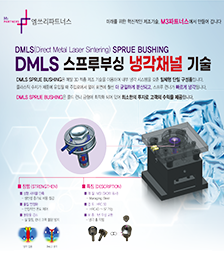So a question facing the automaker is what it should do with those batteries once the car is no longer in service.
Nissan monitors everything from charging patterns to battery degradation on the more than 400,000 Leafs it has sold in Europe since launching the first generation in 2011.
Nissan has a number of projects to use its batteries, either new or used in applications outside of the car. Last year a three-megawatt storage system using the equivalent of 148 Leaf batteries, both new and used, was opened at Amsterdam's ArenA soccer stadium aimed at providing a more reliable and efficient energy supply and usage.
Nissan also offers solar panels and battery storage for homes, similar to a program marketed by Tesla, under the Nissan Energy Solar brand. Solar panels and battery storage cost from 7,635 pounds ($9,700) in the United Kingdom. The system is controlled via an app.
"We are stepping away from the garage and closer to the living room," Carranza said.
Nissan is trialing ways that its electric cars can be used to balance supply and demand at peak times by storing energy and then returning it to the grid during times the car is not being used. A pilot project in Denmark run with Italian energy company Enel showed owners could earn up to 1,300 euros ($1,454) by this method, Nissan said.
The Leaf is certified as an energy plant in Germany, Denmark and the U.K. This allows it to be connected to the grid in the same way more traditional powerplants. "It's working even better than we anticipated selling back to grid," Carranza said. "The more you dig, the more you find gold. The amount of revenue and profit by using vehicles to provide services to the grid is big."




















